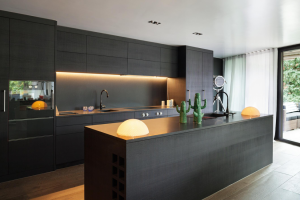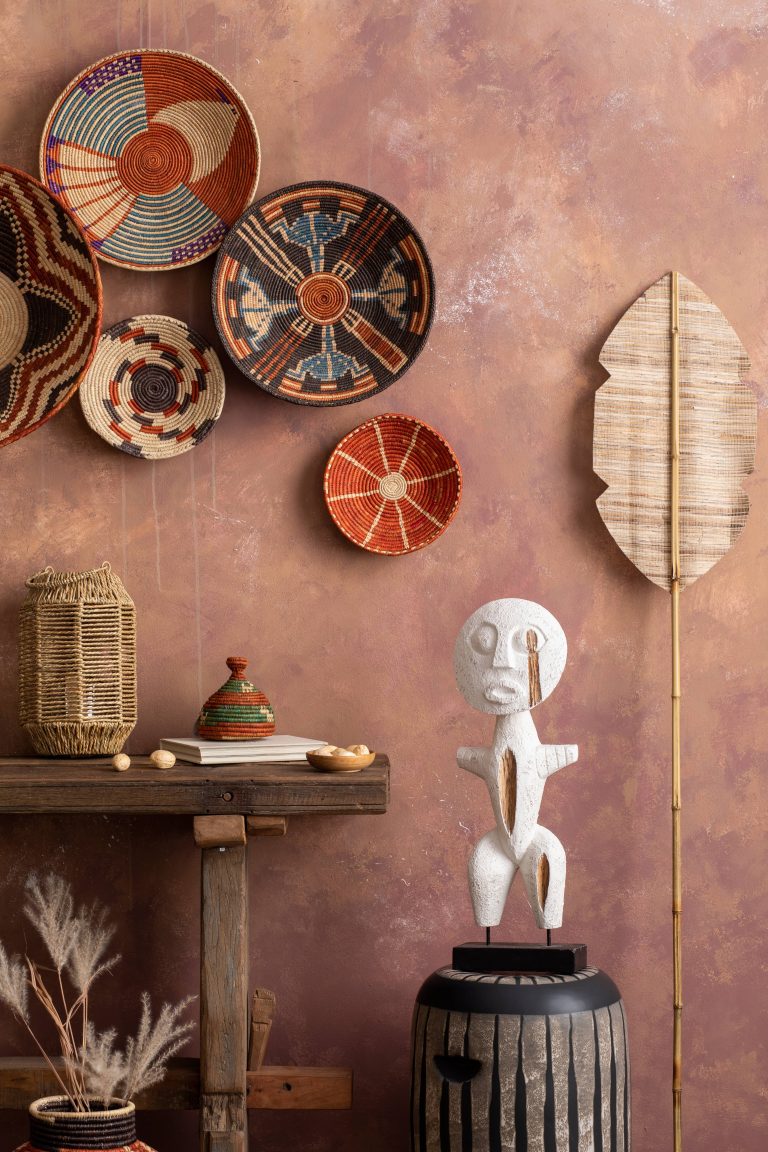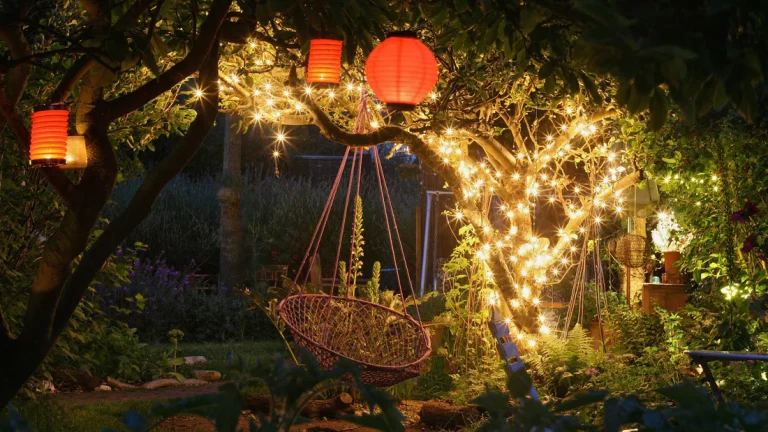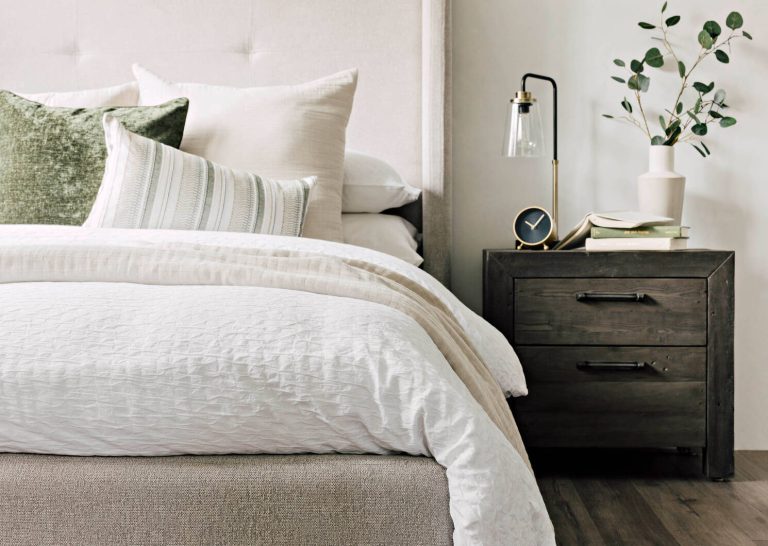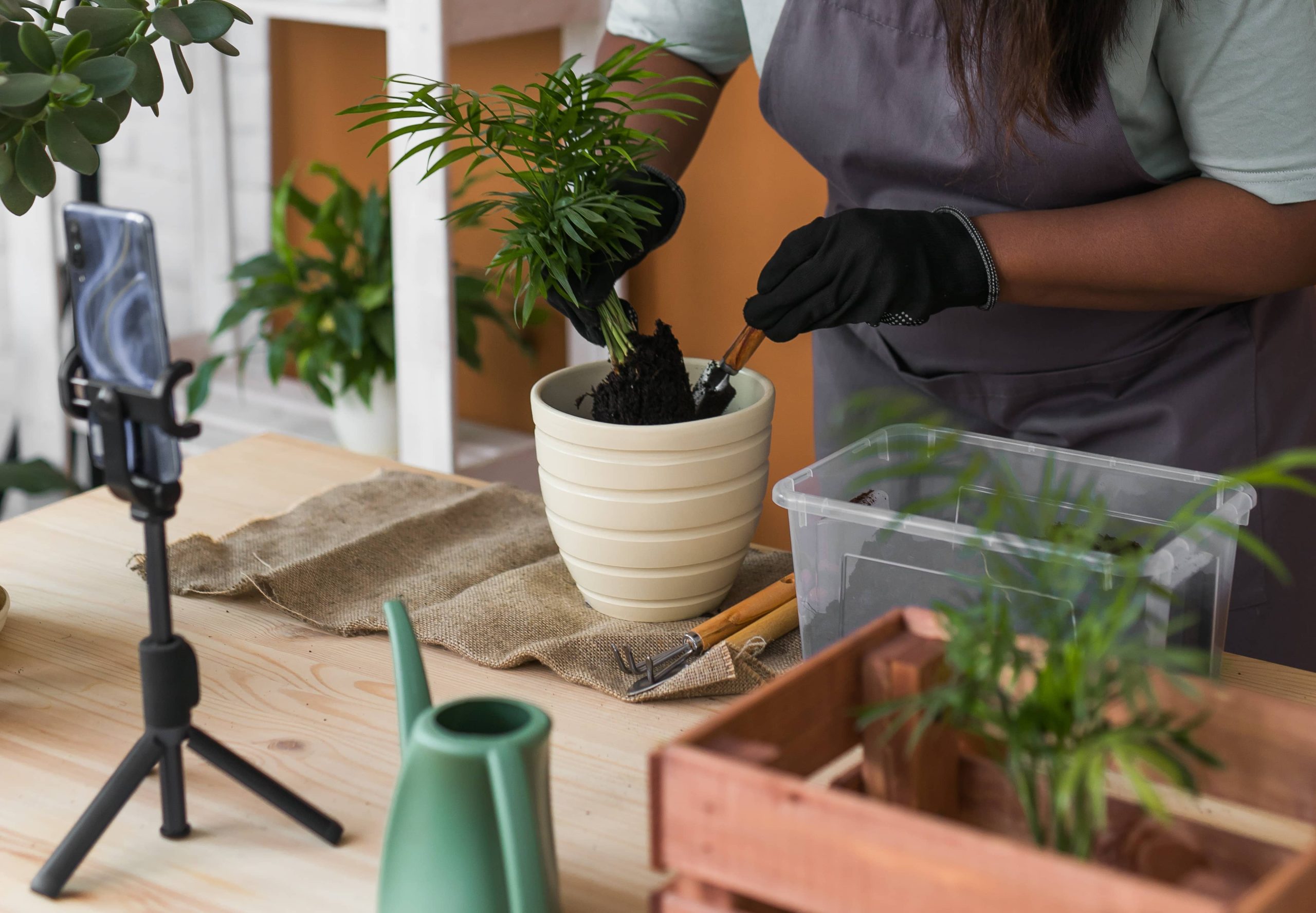
In the world of DIY home improvement, floating shelves are a beloved project, and for good reason. They’re functional, stylish, and a fantastic way to make a space feel more customized and uniquely yours. Not only do they provide a great storage option, but they also add a minimalist and modern touch to your home decor. Today, I’m going to guide you through the process of building your very own floating shelves. Whether you’re a seasoned DIY enthusiast or a complete beginner, this project is very achievable and immensely rewarding.
Why Floating Shelves?
Before we dive into the ‘how,’ let’s discuss the ‘why.’ Floating shelves are a great way to utilize vertical space in your home. They help to create the illusion of depth and help you organize and display items without the need for bulky furniture. Unlike traditional shelves, floating shelves have hidden brackets, which gives them a clean, seamless appearance. They can be used in any room—from kitchens to living rooms, bathrooms to bedrooms—and can hold anything from books to decorative items and plants.
Materials and Tools Needed
For this project, you don’t need an extensive list of materials or advanced tools. Here’s what you’ll need:
Materials:
– Wooden boards (length and thickness dependent on your preference and wall space)
– Brackets or shelf supports (specifically designed for hidden installation)
– Wood screws
– Wall anchors (if securing to drywall)
– Sandpaper (medium and fine grit)
– Wood stain or paint
– Wood sealer (if desired)
Tools:
– Drill
– Level
– Measuring tape
– Stud finder
– Pencil
– Paintbrush or cloth (for stain/paint application)
Step-by-Step Construction
1. Planning and Measuring:
The first step in any successful DIY project is careful planning. Determine where you want your shelves to be and how many shelves you’d like to install. Consider what you’ll be placing on them to ensure they’re both practical and decorative. Use your measuring tape to decide the length and height of the shelves and mark these on the wall with your pencil. This will help visualize the outcome and ensure everything is perfectly aligned.
2. Sourcing and Cutting the Wood:
After measuring the desired lengths, it’s time to either cut the wood yourself or have it cut professionally, which is often a complimentary service at many hardware stores. Make sure your wooden boards are straight and free of major knots or defects. Once cut to size, sand the edges and surfaces with medium-grit sandpaper to smooth out any splinters or rough spots. Follow up by using fine-grit sandpaper until the surface feels smooth to the touch.
3. Staining or Painting:
With your wood prepped, you can now either stain or paint your shelves. If you want to maintain the natural look of the wood grain, opt for a stain that complements your decor. Apply the stain or paint in thin, even coats, ensuring ample drying time as per the instructions. If staining, be sure to finish with a sealer to protect the wood from moisture and wear over time.
4. Installing the Brackets:
Use the stud finder to locate wall studs and mark their locations. This is crucial for ensuring your shelves are sturdy and secure, especially if you plan to display heavier items. Position your brackets on the wall at the desired height, taking care to ensure they are level. Drill pilot holes, then attach the brackets to the wall using screws. If a stud isn’t available where you want to place a bracket, use wall anchors to ensure a stable mount.
5. Mounting the Shelves:
With your brackets installed, it’s time to place your shelves. Carefully position the wooden boards onto the brackets. Depending on the type of bracket, you might need to secure the shelf from below using additional screws.
6. Final Adjustments and Decoration:
Once the shelves are mounted and secured, double-check that they’re level. Make any necessary adjustments now before loading them up with your display items. When satisfied with the sturdiness and placement, you can begin decorating. Use this opportunity to showcase both functional and decorative pieces in your home, like books, plants, picture frames, or collectibles.
Tips and Tricks for Success
– Take Your Time: Precise measuring and level installation are key to creating a professional-looking shelf. Rushing can lead to misalignment and fix-ups later.
– Consider Weight: Floating shelves are best for lightweight to medium-weight items. Ensure your items and the shelf materials are suitable for the intended use.
– Theme and Color: Choose a stain or paint that complements the existing decor of your room for a cohesive design.
– Spacing and Balance: When multiple shelves are being installed, ensure they’re spaced evenly for aesthetic consistency.
Floating shelves are a practical and stylish addition to any home. They offer an opportunity to display your personality and creativity while being a functional storage solution. With a bit of planning and careful execution, anyone can build and install their own floating shelves, completely transforming their living spaces. Happy DIYing!


